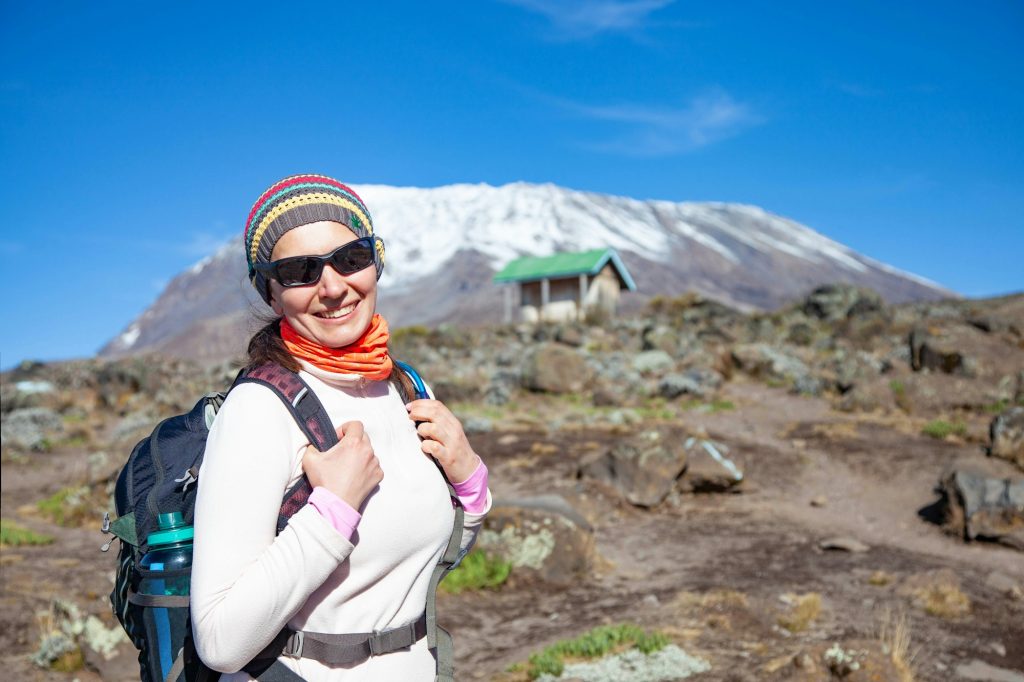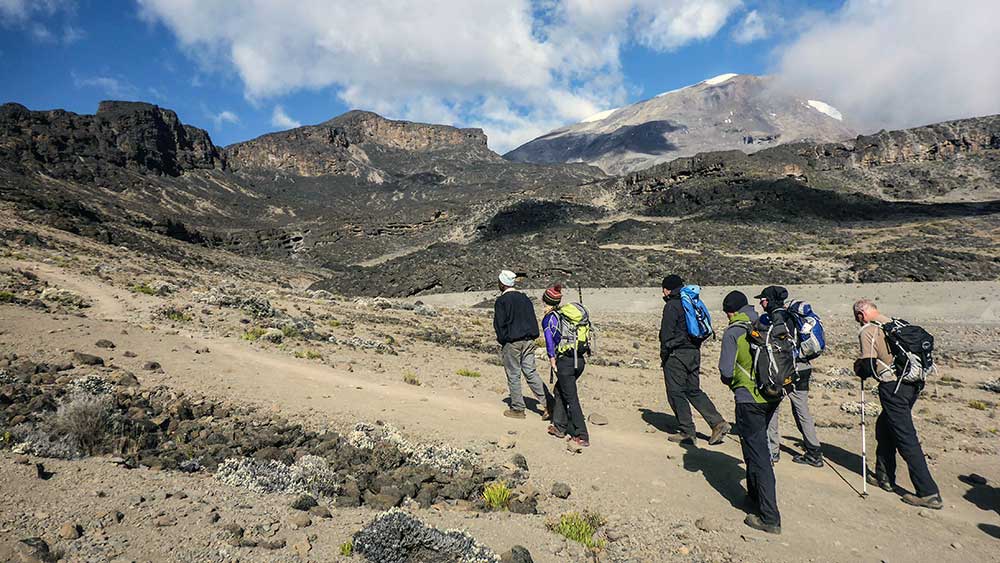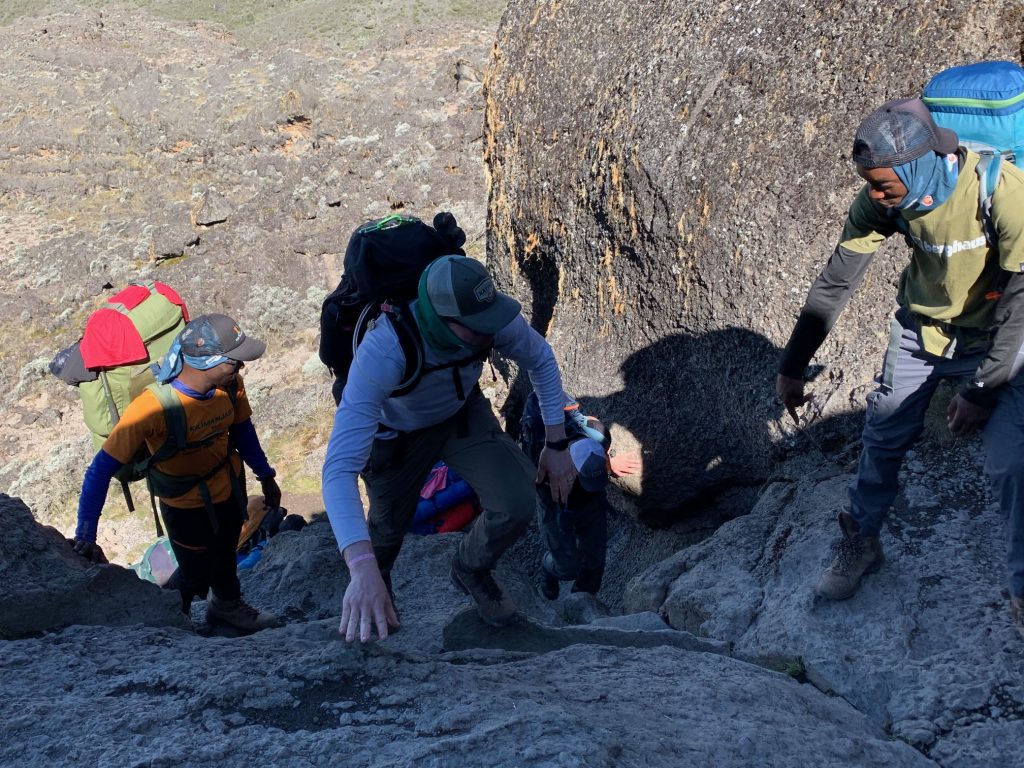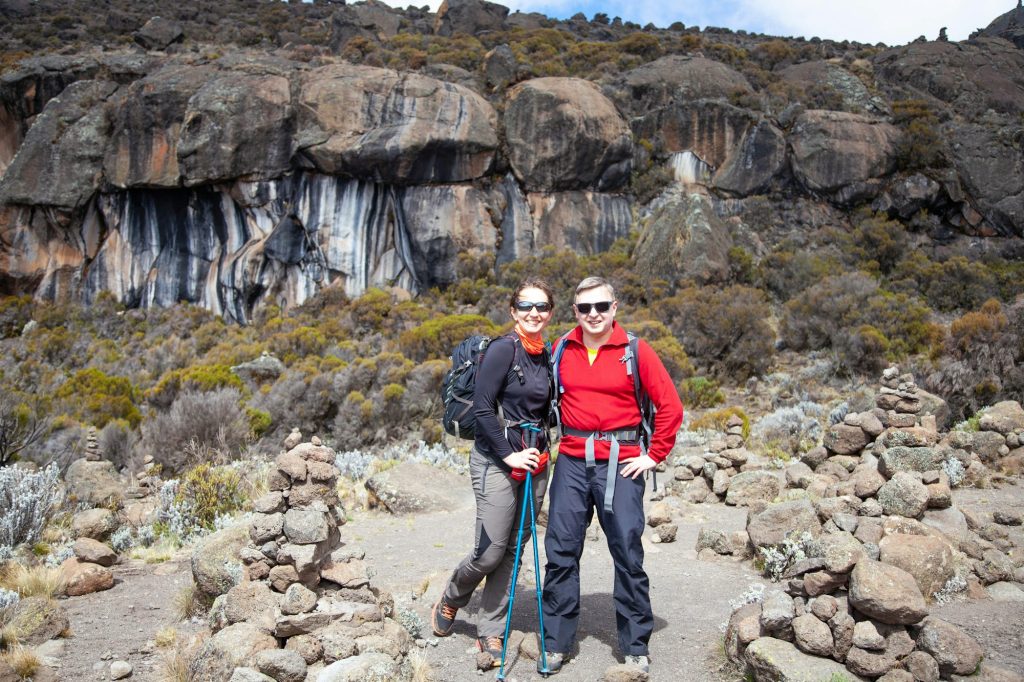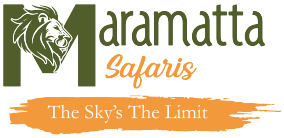Altitude Sickness: What You Need to Know for Your Kilimanjaro Climb
$260
DAY TRIP
1 PEOPLE
6+ YEARS
HIKING, COFFEE & WATERFALLS TOUR
Altitude sickness, also known as Acute Mountain Sickness (AMS), is a common concern for climbers ascending Mount Kilimanjaro. As you climb to higher elevations, the decrease in oxygen levels can affect your body, making it essential to understand the symptoms, prevention strategies, and treatments associated with altitude sickness to ensure a safe and successful ascent.
What is Altitude Sickness?
Altitude sickness occurs when you ascend to high elevations too quickly, preventing your body from adequately adjusting to reduced oxygen levels. It typically affects individuals at elevations above 2,500 meters (8,200 feet). Given that Mount Kilimanjaro’s summit reaches 5,895 meters (19,341 feet), climbers are at significant risk if proper precautions aren’t taken.
Symptoms of Altitude Sickness
Recognizing the symptoms early is crucial:
Mild Symptoms (AMS):
Headache: Often the first indicator.
Nausea and Vomiting: Feelings of queasiness or actual vomiting.Verywell Health+5Follow Alice+5ultimatekilimanjaro.com+5
Fatigue: Unusual tiredness and decreased energy.
Dizziness: Lightheadedness or unsteadiness.
Shortness of Breath: Especially during physical exertion.
Loss of Appetite: Reduced desire to eat.
Insomnia: Difficulty sleeping.Wikipedia
Severe Symptoms:
High-Altitude Pulmonary Edema (HAPE): Fluid buildup in the lungs leading to severe breathing difficulties.ultimatekilimanjaro.com
High-Altitude Cerebral Edema (HACE): Swelling of the brain causing confusion, coordination issues, and severe headaches.
Both HAPE and HACE are life-threatening and require immediate descent and medical attention.
Preventing Altitude Sickness
To minimize the risk:
Gradual Ascent: Choose routes that allow more days for acclimatization, such as the Lemosho or Machame routes.
Climb High, Sleep Low: Ascend to higher elevations during the day and return to lower altitudes to sleep.
Maintain a Slow Pace: Avoid rushing; a steady pace aids acclimatization.
Stay Hydrated: Aim for 3–4 liters of water daily.
Balanced Diet: Consume a high-carbohydrate diet to provide necessary energy.Kilimanjaro Experience+5mountkilimanjaroguide.com+5Kilimanjaro Bound+5
Avoid Alcohol and Caffeine: These can dehydrate the body and hinder acclimatization.
Medications: Consult with a healthcare provider about medications like Acetazolamide (Diamox) to aid acclimatization.
Treating Altitude Sickness
If symptoms arise:
Mild AMS:
Rest: Pause ascent until symptoms subside.
Hydration and Nutrition: Continue drinking water and eating.Kilimanjaro Mountain Guides
Medications: Use pain relievers for headaches.
Severe AMS (HAPE or HACE):
Immediate Descent: Move to a lower altitude promptly.
Supplemental Oxygen: Utilize if available.
Medical Assistance: Seek professional help without delay.
Acclimatization on Kilimanjaro
Mount Kilimanjaro’s rapid altitude gain necessitates careful acclimatization. Routes like Lemosho and Machame are designed to optimize acclimatization, enhancing climbers’ success rates.
Final Thoughts
Understanding and respecting the challenges posed by high-altitude climbing are vital. By being informed and prepared, you can significantly reduce the risks associated with altitude sickness and increase your chances of a rewarding Kilimanjaro experience.
visit the links for more
Request a Custom Safari
Why book with us
- Customer care available 24/7
- Hand-picked Populer Tours & Activities
- Tailor Made Your Own Itineraries
- The airport Pick-up and Transfer
- Best Accommodations
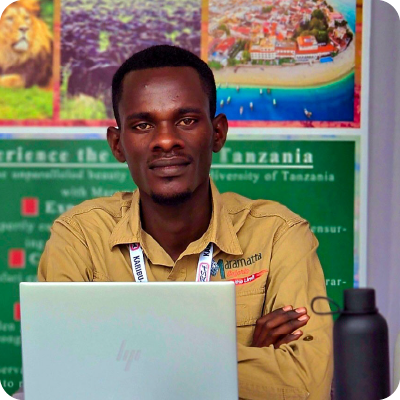
Ready to explore more?
Our travel experts are ready to start creating your tailor-made trip.
For More Exciting & Better Value Safari.
